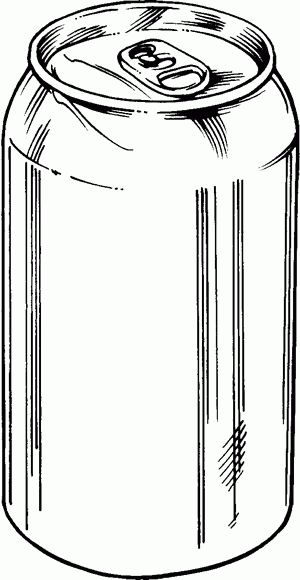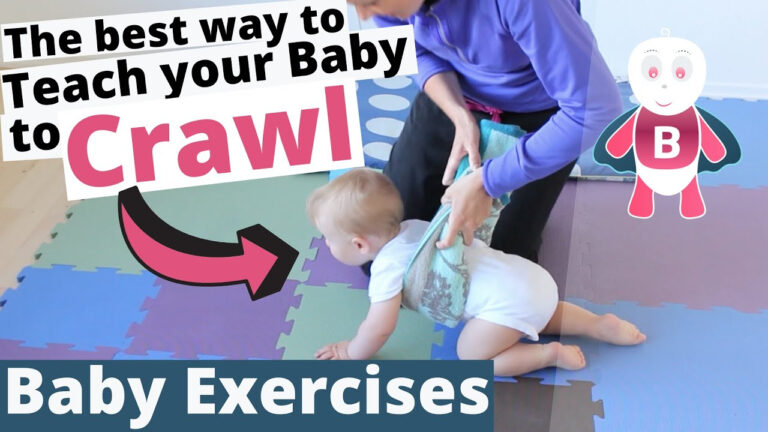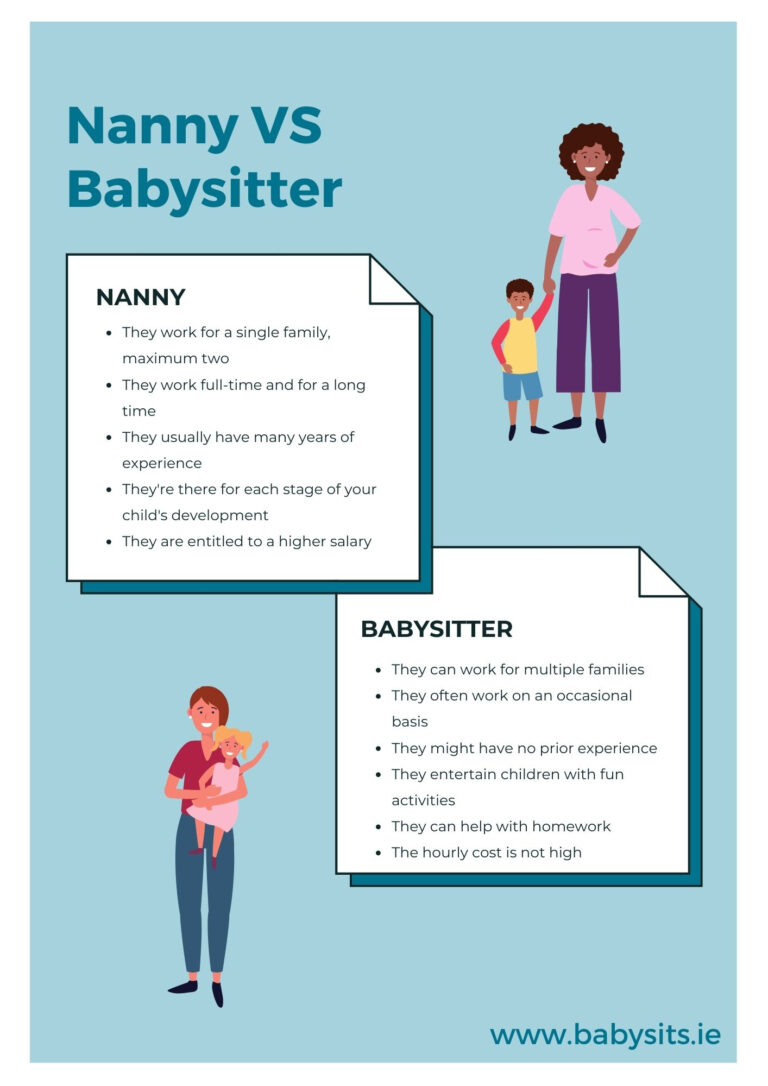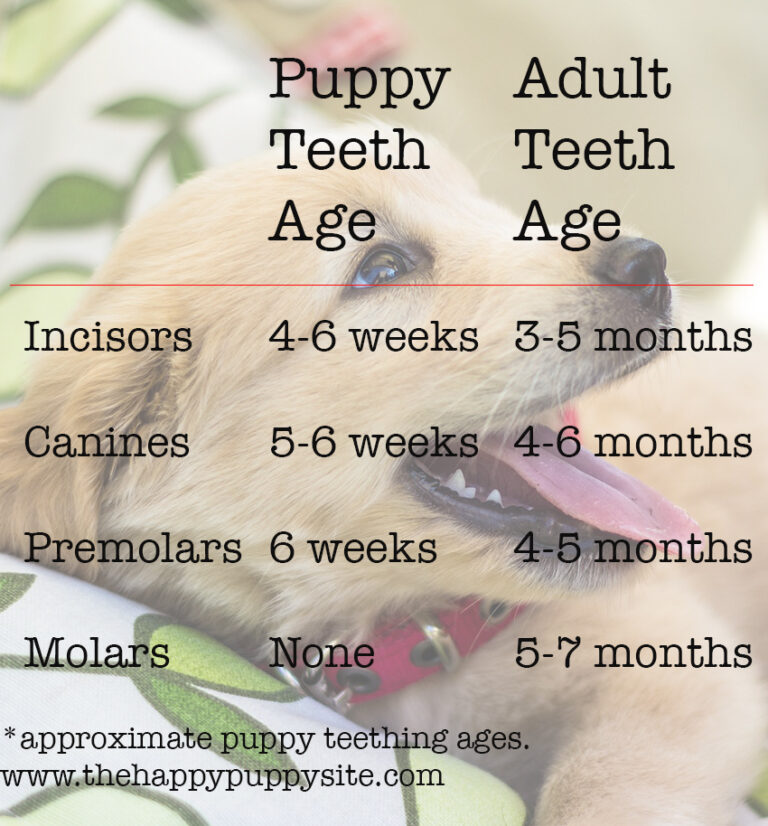Oh Crap! Potty Training: A Comprehensive Guide to a Stress-Free Experience
Potty training can be a daunting task for parents, but with the right approach, it can be a relatively smooth and stress-free process. The Oh Crap Potty Training method has gained popularity for its effectiveness and ease of implementation, promising to help parents potty train their children in as little as three days.
In this comprehensive guide, we will delve into the details of Oh Crap Potty Training, exploring its methods, benefits, and potential challenges. We will also provide troubleshooting tips and discuss variations of the method to cater to different needs and preferences.
Definition of Oh Crap Potty Training
Oh Crap Potty Training is a popular method of toilet training that aims to complete the process within three days. Developed by Jamie Glowacki, a certified potty training consultant, this method emphasizes consistency, positive reinforcement, and a structured approach.
The popularity of Oh Crap Potty Training stems from its reported effectiveness and ease of implementation. Parents who have used the method often report success in potty training their children within the three-day timeframe, without the need for diapers or pull-ups.
Effectiveness
The effectiveness of Oh Crap Potty Training is attributed to several factors. The method’s emphasis on consistency and positive reinforcement helps to create a positive and supportive environment for the child, which is conducive to learning. Additionally, the structured approach provides a clear and predictable routine for the child, which helps them to understand the expectations and develop the necessary skills.
Methods and Procedures
The Oh Crap Potty Training method is a three-day, intensive approach to toilet training toddlers.
It involves keeping your child naked from the waist down and following them around, offering them opportunities to use the potty.
Step-by-Step Guide
- Day 1: On the first day, keep your child naked from the waist down and follow them around, offering them opportunities to use the potty every 15-20 minutes.
- Day 2: On the second day, continue to keep your child naked from the waist down and offer them opportunities to use the potty, but increase the time between offers to 30 minutes.
- Day 3: On the third day, start putting your child in underwear and continue to offer them opportunities to use the potty, but increase the time between offers to 45 minutes.
Tips and Tricks
- Be patient and consistent.
- Don’t get discouraged if there are accidents.
- Make it fun for your child.
- Use a potty that your child is comfortable with.
- Offer plenty of praise and encouragement.
Benefits and Challenges
Oh Crap Potty Training offers numerous benefits, including:
- Quick and effective: Most children complete training within 3-7 days.
- Convenient: Training can be done at any time of year, regardless of the child’s age or developmental stage.
- Empowering: Children gain a sense of accomplishment and independence.
However, there are also potential challenges:
- Intensive: The method requires a lot of time and effort from parents.
- Messy: Accidents are common during the training process.
- Resistance: Some children may resist or refuse to use the potty.
Overcoming Challenges
To overcome these challenges, parents can:
- Prepare in advance: Gather necessary supplies and clear their schedule.
- Be patient and consistent: Stick to the method and don’t give up if there are setbacks.
- Offer rewards and praise: Encourage the child’s efforts and celebrate successes.
Age Appropriateness and Readiness
Oh Crap Potty Training recommends starting the training process between 20-30 months of age. This age range is ideal because most toddlers have developed the physical and cognitive skills necessary for successful potty training.
There are several signs that indicate a child’s readiness for potty training, including:
Physical Readiness
- Staying dry for at least two hours at a time
- Waking up from naps with a dry nappy
- Showing interest in the toilet or potty
Cognitive Readiness
- Understanding simple instructions
- Being able to follow two-step commands
- Having a desire to please adults
Troubleshooting Common Issues

Potty training with the Oh Crap method is generally smooth, but occasional hiccups can occur. Understanding these common issues and implementing effective solutions can help ensure a successful potty training journey.
Addressing these issues promptly and consistently is crucial to maintain progress and prevent setbacks. By understanding the potential challenges and implementing appropriate strategies, parents can navigate these hurdles effectively.
Accidents
Accidents are an inevitable part of potty training. However, frequent accidents may indicate underlying issues that need attention.
- Incomplete voiding: Ensure the child empties their bladder completely each time they use the potty. Incomplete voiding can lead to frequent accidents.
- Holding back: Some children may hold back their pee or poop due to fear or discomfort. Encourage them to relax and try again later.
- Constipation: Hard stools can make it difficult for children to pass stool, leading to accidents. Offer plenty of fluids and fibre-rich foods to prevent constipation.
- Urinary tract infection (UTI): A UTI can cause frequent urination and accidents. If you suspect a UTI, consult a healthcare professional.
Resistance
Resistance to potty training can stem from various reasons. Addressing these underlying causes can help overcome resistance and encourage cooperation.
- Fear or anxiety: Some children may be afraid of the potty or the process of using it. Provide reassurance and support, and make the experience as positive as possible.
- Power struggles: Potty training can become a power struggle if parents force the issue. Respect the child’s pace and avoid making it a battle of wills.
- Lack of readiness: If a child is not developmentally ready for potty training, they may resist the process. Wait a few weeks or months and try again when they show signs of readiness.
- Negative experiences: Previous negative experiences, such as accidents or punishment, can create resistance. Focus on creating a positive and encouraging environment.
Variations and Modifications
The Oh Crap Potty Training method is a flexible approach that can be adapted to meet the needs of individual children and families. There are a number of variations and modifications that can be made to the basic method, depending on the child’s age, temperament, and learning style.
One common variation is to start potty training earlier or later than the recommended age range of 20-30 months. Some parents find that their children are ready to start potty training as early as 18 months, while others may not be ready until they are closer to 3 years old. There is no right or wrong age to start potty training, so it is important to follow your child’s lead and start when they seem ready.
Another variation is to use a different method of potty training. The Oh Crap Potty Training method is just one of many different methods that are available. Some other popular methods include the Elimination Communication method, the Three-Day Potty Training method, and the Pull-Ups method. There is no one “best” method, so it is important to find one that works for you and your child.
Additional Tips and Resources
Mastering potty training with the Oh Crap Potty Training method requires patience and persistence. To enhance your success, consider these additional tips and explore the available resources and support groups.
Handy Tips
- Set Realistic Expectations: Potty training takes time and effort. Avoid frustration by setting achievable goals and celebrating progress, no matter how small.
- Use Positive Reinforcement: Reward your child for successful potty attempts, even if it’s just sitting on the potty. Praise, stickers, or small treats can motivate them.
- Stay Calm and Patient: Accidents are inevitable. Instead of getting upset, stay calm and help your child clean up. Avoid punishment, as it can damage their self-esteem.
- Involve Your Child: Let your child choose their potty and underwear. This gives them a sense of ownership and makes the process more enjoyable.
- Use a Visual Schedule: Create a chart or use a timer to remind your child to go potty at regular intervals. This helps establish a routine and reduces accidents.
Resources and Support
Connect with other parents and experts to gain support and guidance during your potty training journey. Consider joining online forums, support groups, or consulting with a certified potty training coach.
- Oh Crap Potty Training Forum: Join the official online community for parents using the Oh Crap Potty Training method. Connect with others, ask questions, and share experiences.
- Potty Training Support Groups: Look for local support groups where parents can share tips, offer encouragement, and provide a sense of community.
- Certified Potty Training Coaches: If you encounter challenges or need personalized guidance, consider consulting with a certified potty training coach who can provide tailored advice and support.
FAQ Summary
What is the recommended age range for Oh Crap Potty Training?
The recommended age range for Oh Crap Potty Training is between 20 and 30 months.
How long does Oh Crap Potty Training typically take?
Oh Crap Potty Training typically takes between two to three days, but it can vary depending on the individual child.
What are the benefits of using Oh Crap Potty Training?
Oh Crap Potty Training offers several benefits, including its effectiveness, speed, and the elimination of the need for pull-ups or diapers.
What are the potential challenges of Oh Crap Potty Training?
Potential challenges of Oh Crap Potty Training include accidents, resistance from the child, and parental frustration.
What are some variations of the Oh Crap Potty Training method?
Variations of the Oh Crap Potty Training method include the “three-day method” and the “modified method.”




